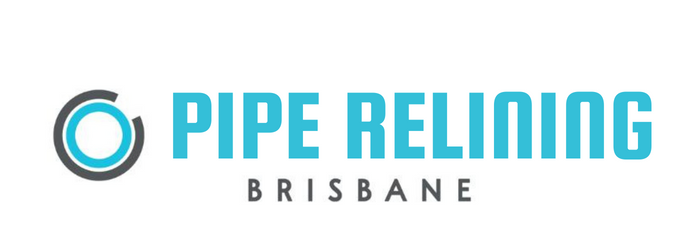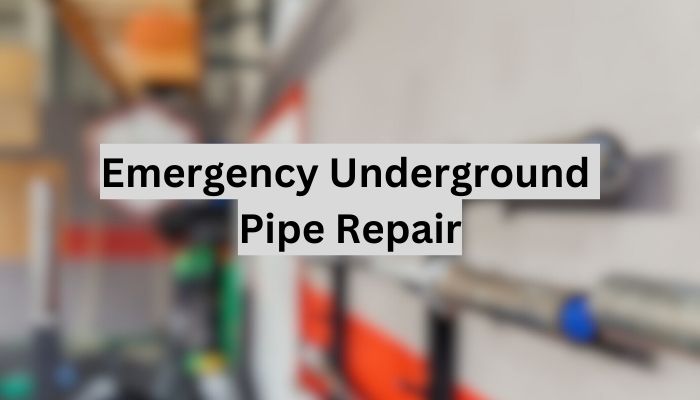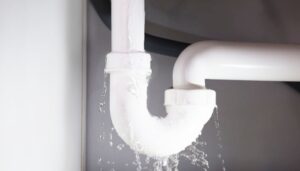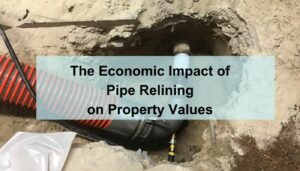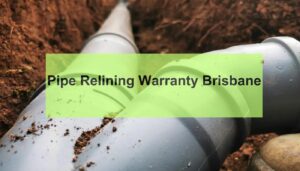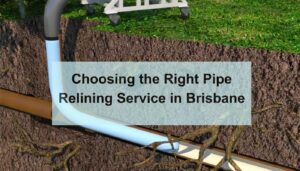Underground pipes are the lifelines of our urban infrastructure, silently and efficiently carrying water, waste, and gas to and from our homes and businesses. These hidden conduits are crucial for the smooth operation of city life, ensuring public health, sanitation, and the comfort of modern living. Among these, water and sewer line supply lines, water pipes, sewage systems, and gas pipelines are the most common types of water pipes, each serving a vital function. Their integrity and functionality are paramount, as any failure can lead to significant disruptions and hazards.
Key Takeaways
- Underground Pipe Repair is Essential: Maintaining the integrity of underground pipes is crucial for public health, safety, and the smooth operation of urban infrastructure.
- Early Detection is Key: Recognizing the signs of pipe failure early can prevent more significant issues and reduce the need for emergency repairs.
- Trenchless Technologies Offer Efficient Solutions: Modern no-dig methods like CIPP, pipe bursting, and slip lining provide less invasive, cost-effective, and quicker repair options compared to traditional excavation.
- Safety and Preparation are Paramount: Ensuring safety during repairs and taking immediate steps to mitigate damage are critical in emergency situations.
- Innovations are Shaping the Future: The field of underground pipe repair is evolving, with advancements in smart infrastructure and materials promising to enhance maintenance and prevent failures.
Identifying the Need for Emergency Repair
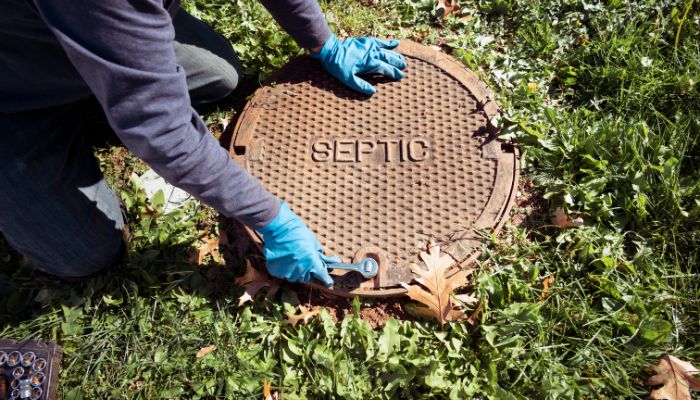
The first step in addressing an underground pipe issue is recognizing the tell tale signs of failure. These warning signs can range from visible water stains on your house or property, indicating a leak, to the smell of sewage or gas, suggesting a breach in the respective lines. Reduced water pressure, unexplained increases in water bills, and the sound of running water when all taps are closed are also telltale signs. Ignoring these warnings can lead to more severe problems, including property damage, health risks, and costly repairs.
Techniques for Underground Pipe Repair
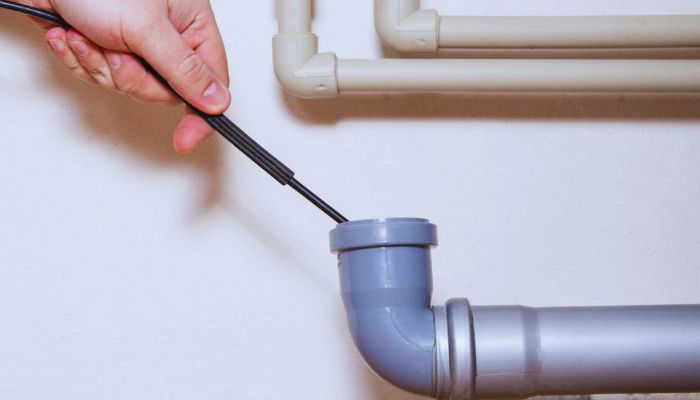
When an emergency repair job is needed, the chosen method can vary significantly depending on the situation. Traditional repair methods often involve excavation to access the damaged area or broken section of ground around the pipe. This process can be time-consuming and disruptive, affecting traffic, damaging landscapes, and incurring high costs.
In contrast, modern no-dig technologies offer less invasive solutions. Cured-in-Place Pipe (CIPP) broken pipe lining is a popular method where a resin-saturated liner is inserted into the damaged pipe and cured to form a new, seamless pipe within the old one. Pipe bursting replaces the old pipe by pulling a new one through it, breaking the old pipe outward. Slip lining of pipes involves repairing the damaged pipes by inserting a smaller, “carrier pipe” into the existing one and grouting the space between them. These methods reduce the need for excavation, minimize disruption, and can often be completed more quickly than traditional repairs.
Preparation and Response
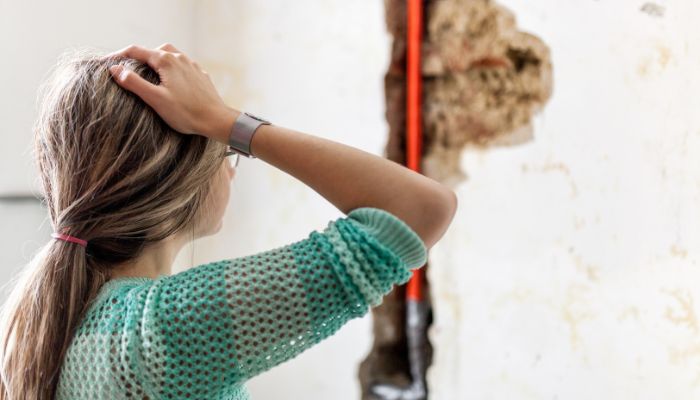
Upon suspecting a sign of an underground or burst water pipe repair or failure, immediate steps should be taken to mitigate damage and prepare drain pipes for repair. This includes using drains, turning off the main water supply in the case of water leaks, or evacuating the area and contacting emergency services if a gas leak is suspected. Documenting the signs and damage can also be helpful for insurance claims, inspection and professional assessments.
Choosing the Right Repair Method
Selecting the appropriate repair method depends on various factors, including the type of the drainage pipe, its location, the extent of the damage, and cost considerations. Professional service assessments are crucial in this phase, as they can provide a detailed analysis of the problem and recommend the most effective repair strategy. Engaging with experienced and reputable repair services ensures that the chosen method addresses the issue comprehensively, restoring the functionality of the underground drainage pipe with minimal disruption and cost.
Safety First: Ensuring Safe Repair Procedures
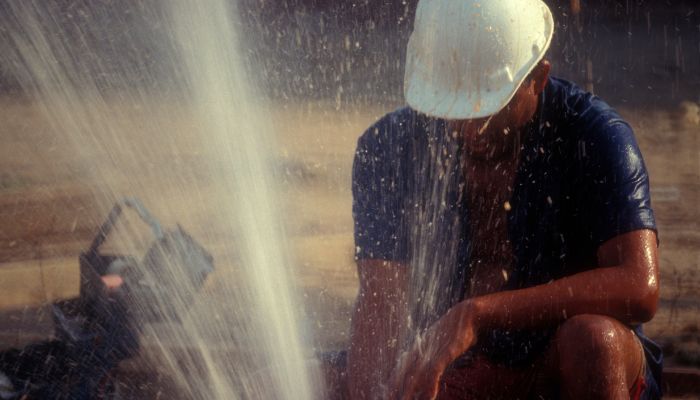
Safety is paramount in any emergency repair situation, especially when dealing with underground pipes. Ensuring the safety of both the repair crew and the public involves strict adherence to protocols, including securing the area, using the correct safety gear, and following guidelines for handling hazardous materials. Utilities must also be accurately located and marked before any digging begins to prevent accidents. These precautions help avoid potential injuries, environmental and water damage,, and further infrastructure damage.
Innovative Repair Technologies
The field of underground pipe repair has seen significant advancements, particularly in the trenchless pipe repair technology. These methods are favored for their minimal environmental impact, efficiency, and cost-effectiveness.
- Cured-in-Place Pipe (CIPP) involves inserting a resin-saturated felt tube into the damaged pipe, which is then cured using hot water, steam, or UV light, creating a new pipe within the old one. This method is suitable for repairing leaks, cracks, and breaks without extensive excavation.
- Pipe Bursting is used to replace old, deteriorated pipes. A bursting head is pulled through the old pipe, fracturing it outward, while simultaneously pulling a new pipe into place. This method is effective for upsizing pipes and requires only small access pits at either end of the section being replaced.
- Slip Lining involves inserting a new, smaller pipe into the existing one and filling the annular space with grout. While it reduces the original pipe’s diameter, it is a quick fix for sealing leaks and restoring structural integrity.
Case Studies: Successful Emergency Repairs
Real-world applications of these technologies demonstrate their effectiveness. For instance, a major city faced a crisis when a large sewer pipe beneath a river began leaking, threatening water quality. Using CIPP, the city was able to locate and repair the broken and leaking pipe without disrupting the river or the surrounding environment, completing the project in a fraction of the time and cost of traditional excavation methods.
The Role of Professional Plumbers
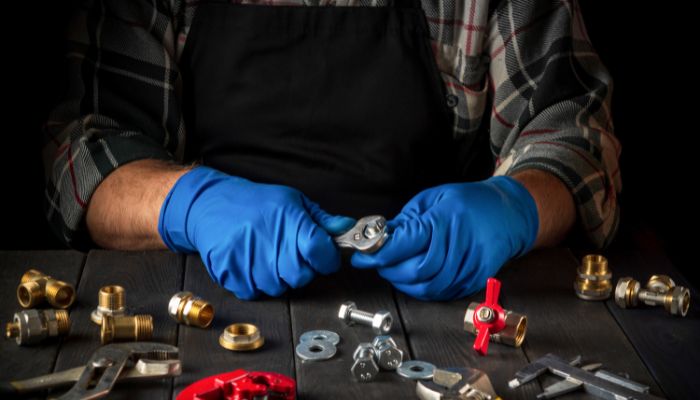
When facing a burst pipe or a leaking pipe, the expertise of licensed and fully qualified plumbers is invaluable. These professionals are equipped with the tools and knowledge to perform repairs in a timely manner, from fixing a minor problem to replacing a damaged pipe. Their use of advanced technologies, like CCTV technology, aids the licensed plumber in diagnosing the issue accurately, ensuring that the repair is effective and durable.
The Future of Underground Pipe Repair
Add an image. , or drag and drop an image here.
The future of underground plumbing services and pipe repair lies in the development of smarter, more resilient infrastructure. Innovations such as smart sensors that monitor pipe conditions in real-time, robotic repair systems, plumbing and materials and pipes that can self-heal or signal when they are deteriorating are on the horizon. These advancements promise to further reduce the need for emergency pipe repairs, making our underground infrastructure safer, more reliable, and less costly to maintain.
Conclusion
The journey through underground pipe repair highlights the critical role of maintaining our hidden infrastructure to prevent disruptions and safeguard community health. With the advent of trenchless plumbing technologies, we’ve seen a significant shift towards more efficient, less invasive repair methods, offering a promising outlook for managing and replacing these essential systems.
Innovations such as Cured-in-Place Pipe (CIPP), pipe bursting, and slip lining have revolutionized the line repair processes, minimizing environmental impact and reducing the need for extensive excavation. These advancements, alongside real-world successes, underscore the effectiveness of modern repair techniques and the importance of proactive maintenance.
Q&A Section
Q1: What are the signs of underground burst pipes, pipe repair and failure?
A1: Signs include visible water stains on the ground and walls of the property, unusual odors, reduced water pressure, unexplained increases in water bills, burst water pipe and the sound of running water when taps are closed.
Q2: Why are trenchless technologies preferred for emergency repairs?
A2: Trenchless methods are less disruptive, require less excavation, major repairs can be completed more quickly, and are often more cost-effective than traditional repair, inspection and replacement methods.
Q3: What is Cured-in-Place Pipe (CIPP)?
A3: CIPP is a trenchless burst pipe repair method where a resin-saturated concrete liner is inserted into the damaged pipe and cured to form a new pipe within the old one, fixing leaks and restoring structural integrity to burst pipes without excavation.
Q4: How can emergency underground burst water pipe and failures be prevented?
A4: Regular inspections, maintenance programs, and the use of smart sensors for real-time monitoring can help identify and address potential issues before they lead to emergencies.
